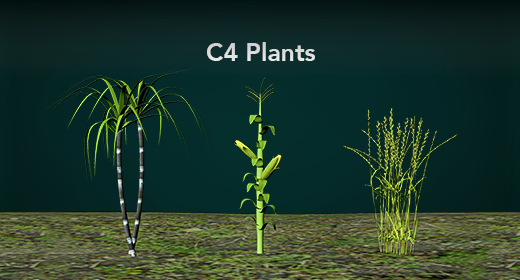DNA replication
Topic Description
Introduction: When a cell needs to divide, there must be enough DNA for two new cells to be made. DNA replication is the process in which a DNA molecule acts as its own template to be copied, resulting identical replicates of all the DNA in the cell. This effectively doubles the amount of DNA in the cell, so that when the cell divides, each new cell will not only have enough DNA, but it will be the exact same DNA as the cell that it originated from. DNA replication is more complex in eukaryotes when compared to prokaryotes. There are many enzymes involved for replication. This replication happens in three major phases: initiation, elongation, and termination. Initiation:A) First, an enzyme called Helicase begins to unzip the DNA by breaking hydrogen bonds and separating the two sides of the DNA molecule. This is what will expose the nucleotides so that they can be used as a template to build new complimentary strands. B)This unzipping leads to an area known as the replication fork. C)Replication is started at the Y shaped replication fork region where the DNA has unzipped. It is along this area that the DNA will be its own template for the development of newly synthesized leading and lagging strands. Because of the difference in the direction, or orientation, of these two separated strands, they will need to replicate in opposite directions. D)One side will be replicated continuously toward the replication fork – this will be considered the leading strand. And, E)one side will need to be replicated in sections called “okazaki fragments” going away from the replication fork. This will be considered the lagging strand. A)Primase creates an RNA primer, which inserts starter RNA nucleotides at the initiation point, which binds at the leading strand. This primer acts as the starting Point for DNA synthesis













